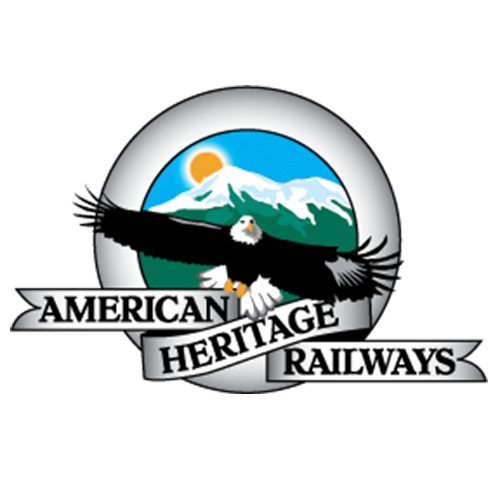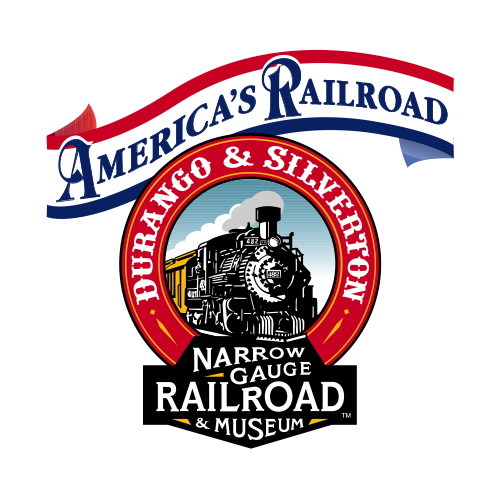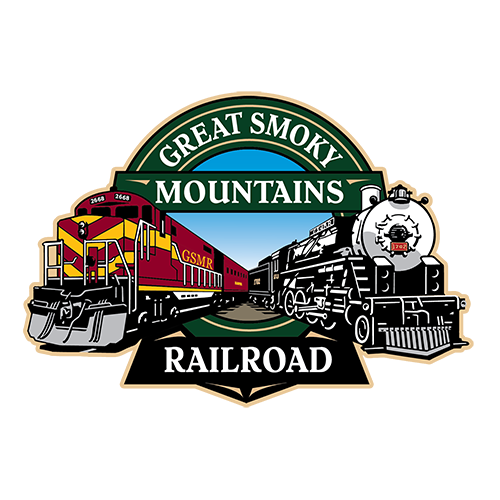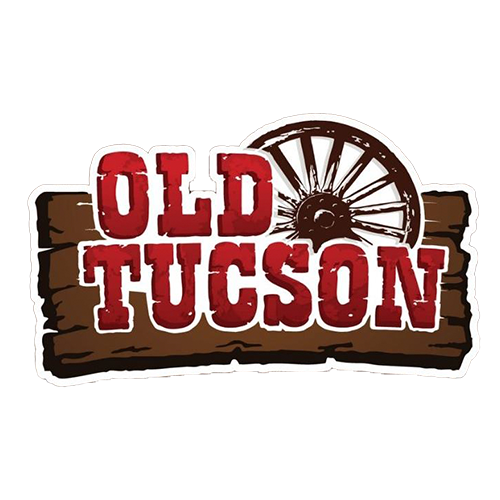
Conserving a National Treasure – Animas River Bridge 495A Replacement Part 2: Planning and Design
Today’s Durango & Silverton Narrow Gauge Railroad has the Denver & Rio Grande Western Railroad to thank for its 45 mile branch of track through some of the most remote and beautiful mountain country in the United States. Replacing a bridge such as 495A built by the Rio Grande is not taken lightly as it is an historic structure serving a truly historic railroad. While the Durango & Silverton takes its roots from the Denver & Rio Grande, it is not a recreation of the latter. It is instead a continuation of this profound line of railroad. The Denver & Rio Grande replaced or redesigned the bridge located at milepost 495.24 multiple times in the 19th and 20th centuries, not to mention has redesigned or replaced each of the bridges along this section of railroad during its 142-year history. The Durango & Silverton undertaking the same task today is not only a creation of the Durango & Silverton’s own history, but also a more accurate representation of history than any recreation could ever be. It is a true step back into history that the railroad faces the same challenges today as it did over 100 years ago.
As covered in Part 1 of this series, the Denver & Rio Grande Western had faced the challenge of replacing bridges many times before, giving the Durango & Silverton an opportunity to look back and to learn how it had been accomplished. Not only does looking back allow the railroad to learn from past failures and successes, but it also serves to keep the railroad in touch with its own history. The Durango & Silverton did not have to search far, either in distance or in time to find a fine example of a similar project on the Silverton branch.
Just over five miles to the south of bridge 495A, the Denver & Rio Grande replaced a timber and steel structure which spanned the Animas River near Elk Park at milepost 489.88 (489A) in 1964. The old bridge at Elk Park which was surpassed is still in place to this day. One of the greatest factors which led to the replacement of bridge 489A was the settling of the timber substructure into the Animas Riverbed. To repair this bridge, it would have been necessary to remove the entire structure to rebuild the substructure support. This is the identical issue faced when repairing versus replacing of the bridge at 495.24 was contemplated by the Durango & Silverton 60 years later.

“Old” Bridge 489 A – Dick Bell Photograph
Instead of attempting to repair the substructure of the existing bridge, the Rio Grande elected to build a new bridge immediately downstream of the existing structure. The location of the new bridge and right of way deviation reduced the overall necessary length of the bridge by crossing the river at a sharper angle, however the new track alignment created a sharp and disadvantageous 90-degree curve at the north end of the bridge in order for the track to return to the existing alignment.
The new bridge built in 1964 is an open deck girder bridge, utilizing steel girders resting upon concrete piers and abutments. The Denver & Rio Grande and the Durango & Silverton alike have benefitted from this structure and it has proven through the test of time that it provides the reliability and resilience which the railroad depends on. As of 2023 the bridge is 59 years old and has required minimal maintenance during that time. As an added bonus, deck girder bridges tend to be very picturesque as none of the structure blocks the view of the train passing over it, nor is the view obstructed for passengers crossing over the river on board the train.

“New” Bridge 489A – Dick Bell Photograph
When it came time for choosing a design for the replacement bridge to be built at 495.24, the Durango & Silverton weighed the combination of the success of the 1964 replacement bridge at Elk Park, as well as the fact that the existing timber structure to be replaced at milepost 495.24 was of open deck girder design. A steel and concrete open deck design quickly became the clear choice for the new bridge. Such a design possessed several key benefits. It would help to keep the aesthetics of this bridge and surrounding area similar to the original. Also, the railroad had a proven positive history with the bridge at Elk Park. Not only did the bridge at Elk Park provide a proof of concept, but it was also a nod to the history of the Silverton branch by building a bridge which mimicked the design chosen by the Denver & Rio Grande over half a century ago.

Bridge 495A – Anthony D’Amato Photograph
With a desired conceptual design developed, the Durango & Silverton turned its attention to other logistical challenges surrounding the project. The first and most obvious of which was fairly simple, snow. The project location is just under two miles south of the Silverton depot and sits at an elevation of 9,204 feet. Silverton averages over 150 inches of snowfall each winter, and a good year can yield over 200 inches. It is common for two to four feet to be on the ground at a given time, the Animas River flows year-round, but it is common for a majority of the river to be frozen over. The Durango & Silverton does not operate passenger trains to Silverton from November through April. This would make for an ideal time for this work to take place if it wasn’t for the uncertainty of weather. Construction season is also excursion season for trains bound for Silverton, and cancelling trains to Silverton for a bridge replacement was never an option.
To build the bridge during favorable weather conditions without interruption to train traffic, it would be necessary to build the new bridge parallel to this existing and realign the approaches to the bridge once completed. This would be once again similar to the bridge replacement at Elk Park. However, the Durango & Silverton still deals with the sharp curve created by the track realignment of that project, and it was of the utmost importance that the new alignment did not hinder the speed of trains through this section of track. Several alignments and locations were explored and tweaked, it was decided that the new bridge would be built parallel to the existing and just fifteen feet upstream. The new alignment actually decreased the track curvature to the south, and to the north, it would add a slight “S” curve to bring the track back to its original alignment. However, the reverse curve on the north approach could be executed gradually and without the need for sharp curves and speed reductions. The last challenge of realigning the track to this location was a rock outcropping on the south end standing in the way of where the new track needed to be placed. This, however, could be taken care of in the same way in which much of the Silverton branch was built by the Denver & Rio Grande, dynamite.
The Durango & Silverton began work with a number of contractors in bridge design, construction technique, blasting, river hydraulics, wetlands, and associated environmental review. Conceptual drawings were created, wetlands delineated, and the general scope of the project was refined.

Conceptual Drawings
While many similarities were taken from the Elk Park bridge, the new bridge at 495.24 would have some stark differences as well, due to how the Animas River and the tracks meet at this location. The elevation of the track possesses less clearance or “freeboard” above the water than it does at Elk Park, and the tracks do not cross the river as perpendicularly. The lower level of the track meant that in order to maintain adequate clearance between the low point of the girders and the high point of water, the girders had to be smaller. The track over the bridge could be raised, but not to the full extent required to keep the bridge safety above the water flow in the event of flooding. Smaller girders means that more support is necessary. As can be seen from the conceptual drawings, the new bridge would utilize nine piers of support, the Elk Park bridge utilizes just three. The piers of the Elk Park bridge are concrete which was poured in place into the riverbed. While these piers are a great support structure, they have a large surface area in the water and are exposed to the river’s hydraulic force as the water flows past. Placing nine poured concrete piers under bridge 495A would put a large footprint into the river and increase the forces to which it was exposed. Instead, each of the piers would be supported by 14” H pile and concrete pier caps would be cast off site and set into the place on top of the piling. This gives the bridge the support it needs and only has a footprint of 36.75 square feet in the river for the entire structure, an even smaller footprint than just the three piers at Elk Park create.
With the conceptual design and location of the bridge complete, one large question remained. What to do with the existing bridge once the new bridge is complete? As mentioned in the first paragraph, replacing, or affecting a structure such as bridge 495A is not something the Durango & Silverton takes lightly. The railroad is proud of its history and heritage and strives to keep both intact. In the case of the Elk Park replacement, the Rio Grande elected to leave the existing structure in place without track over it. To date, this decision has been inconsequential. The Durango & Silverton debated on whether to leave the existing Animas River Bridge in place for interpretation and to pay homage to the railroaders of years past who built the bridge, or if doing so could create unintended consequences in the future. In the end, the railroad elected to let the Animas River decide.
The Durango & Silverton contracted with a firm specializing in river hydraulics. By using information from several site visits as well as the United States Geological Survey Light Detection and Ranging (LiDAR) data, cross sectional areas of the Animas River at the bridge site were modeled under the conditions of potential flooding events. As mentioned in part 1 of this treatise, the supports of the existing bridge were never driven down into the river bottom. Instead, the bridge simply rested on mud sills which sit on the base of the Animas River. A check dam or “weir” was built just south of the bridge to provide stability under the mudsills and to slow water flow under the bridge, reducing scour. While the weir did its job to slow water flow, it also created an unnatural shelf in the riverbed, pushing both the base of the river and the water above it upwards. The shelf reduced the freeboard of the existing bridge to the point that in a one hundred year flood (1% AC), the river would contact and even overtop the southern portion of both the existing and the new bridge.

Existing Bridge and Check Dam – Matt Cunningham Photograph
When this scenario was produced from the hydraulic study results, it was clear that in order for the new bridge to maintain adequate clearance above the water in the flood event, the weir needed to be removed. Removing the weir possessed benefits outside of railroad purposes. It would remove an unnatural, manmade barrier in the river which had an affect on water flow, and wildlife. By removing the dam, the Animas River would be allowed to flow naturally. However, removing the weir also meant that the velocity of the water under the existing bridge would increase, therefore increasing scour and could destabilize the footings of the old bridge. The likelihood of the old timber components washing out increased, creating a liability for the railroad. By virtue of the check dam requiring removal, the old bridge needed to be removed as well.
Over the course of three years, the railroad conceptualized and refined the bridge replacement project scope as well as searched and applied for funding sources which could help the railroad with the cost of the project. In July of 2020, the railroad was awarded a grant from the Federal Railroad Administration’s Consolidated Rail Infrastructure and Safety Improvements program. Three years of additional planning, design, and permitting lay ahead, but with the help of the Federal Railroad Administration, the project officially had the green light and began forging its path towards construction scheduled to commence in the fall of 2023.







